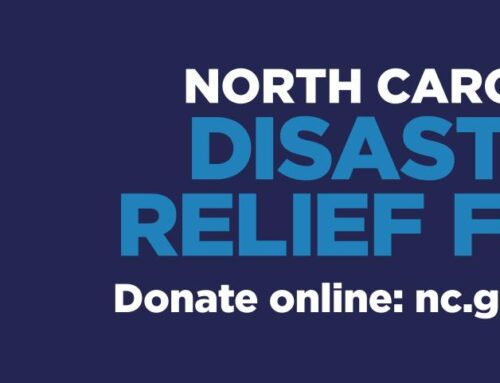Last week, I encouraged you to think about two very short formats for nonprofit annual reports: a six-word annual report and a postcard annual report. (You have until Thursday morning, 6/23/11, to comment on those posts to be entered into the book drawings.)
The postcard annual report is a legitimate format — I have two real examples I’ll show during Thursday’s webinar on the New and Improved Annual Report.
But I don’t really expect anyone to come up with a six-word annual report and say, “Great, we are done!” It is, however, an excellent exercise to get you to focus on what’s really most important and meaningful for your supporters. Several people did a really great job with it:
Told Sacramento: Housing Matters! Sacramento listened. (East Bay Housing Opportunities)
Families supported, communities mobilized. Prevention works. (The Prevention Council)
Living wages won for Memphis workers. (Workers Interfaith Network)
Education transformed Bolivians’ lives. Thank you! (Bolivian Quaker Education Fund)
Today: Lives changed. Tomorrow: Community changed. (United Way of Greater Richmond and Petersburg)
More people self managing their arthritis! (Arthritis Queensland)
. . . and my personal favorite: Jackrabbit bounded, I smiled, coyote watched. (Plains Conservation Center)
See more six-word annual reports in the post comments. I’m going to run a real contest later in the year for six-word annual reports, so stay tuned for details!
But . . . what about the donors lists?
While there is definitely some universal love for the shorter formats, the biggest question — the one that seems to be holding many development directors back — is “If we do a shorter report, where do we put the donor lists?”
Here’s my take on this . . . feel free to disagree or agree in the comments.
If you have a published donor list, then most donors will want to be on it. They will look for their names in the list, and if a name is missing or misspelled, watch out.
But if there is no published list, then they don’t really care. Individual donors aren’t going to miss the list.
Now here are two sizable caveats:
(1) Your donors should already feel acknowledged and thanked, before the annual report.
If you are relying on the donor list in the annual report as the sole way to say thank you to your donors, that’s a problem in and of itself. Each of your donors should feel directly acknowledged and thanked by your organization, regardless of some list in some document. (Join us for Writing Thank-You Notes that Inspire Future Gifts on July 7 if you need help in this department.)
(2) Your donors should already feel like they are part of a bigger community, before the annual report.
You should be reinforcing the idea that your individual donors are part of a much bigger family of supporters for your cause throughout your communications, throughout the year, not via a list in an annual report. I know that many people feel the donor list is a powerful “peer pressure” tool, but there are more effective ways to communicate “everyone’s supporting us; why aren’t you?” than a donor list in an annual report.
Does that help those of you struggling with the shorter annual report formats? What else can I do to help?
Remember, I’m teaching our most popular webinar, The New and Improved Nonprofit Annual Report this Thursday. I hope you’ll join us.





